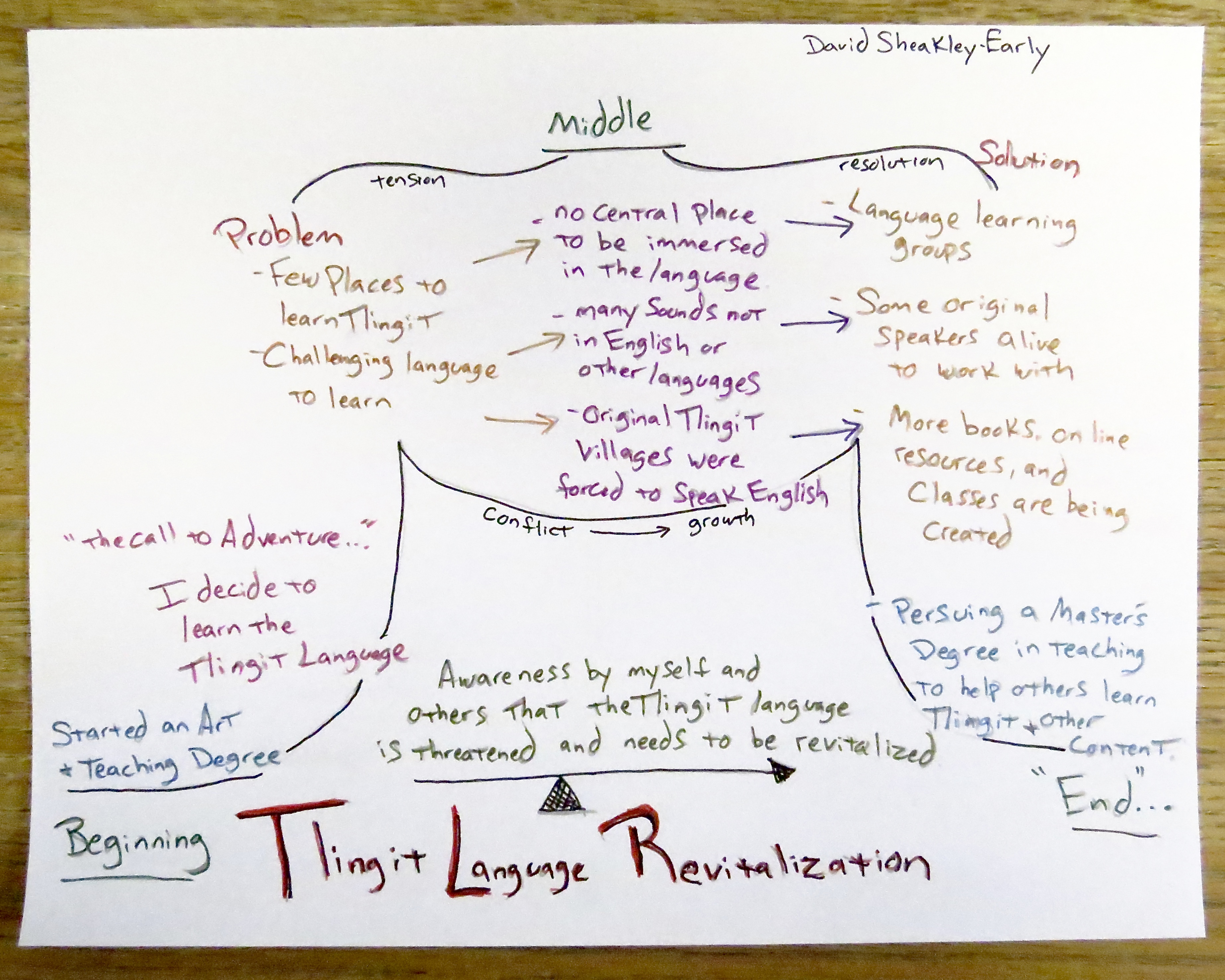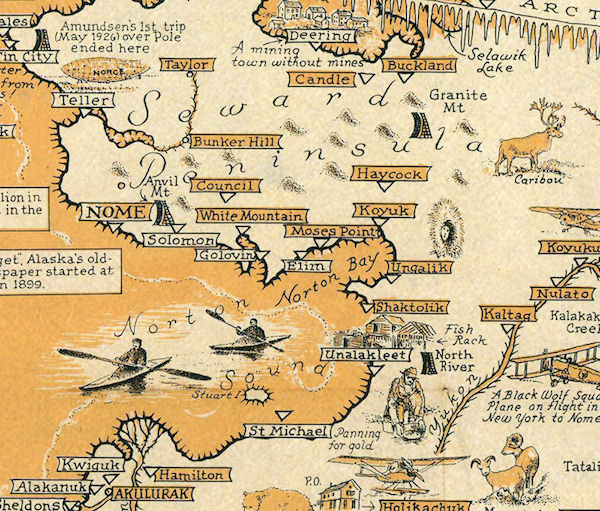Below this post are one of the writing standards for seventh graders in Alaska.
Over the last week, my classes have been working on their personal narratives that describe a significant event in their lives. This “big event” has explored the following components of essays: cohesiveness of beginning middle and end, incident response and reflection, transitional phrases, sensory details, figurative language, dialogue, full-circle cycle, voice, diction, hook, and conclusion. Over the last few weeks, the activities have students analyze short narratives then practice what they learned by developing their own story.
Student narratives started out as a draft. The next step in the revision process is workshop where students share in groups of three to get feedback. They had the opportunity to receive critique on their own stories while providing feedback on others’. All of the stories are stating an event that had occurred previously. Every step of the way, students were developing a claim and expanding the “clear reasons” and “relevant evidence” to create a more in-depth and personal stories. In this case, the “argument” is more of a thesis and the following paragraphs support and provide appropriate evidence. Through writing their essays and analyzing popular essays, students experienced subsections a-e underneath writing standard 1 for 7th grade.
The reason 7th graders are asked to write arguments and support their claims is because this is a relevant life-long skill. I have been questioned by students, “why are we doing this” and “will we actually use this?” I ask them to give me a reason to support why they SHOULDN’T do this assignment, and they couldn’t get passed the phrase “I don’t want to do this.” I then would describe how this process is designed to help them find quotes, phrases, or concepts that will support their statements. This is an important step for every human to take. Without the ability to use relevant evidence or competently support claims, students will struggle to persuade others into their way of thinking.
Writing Standard #1 for 7th Graders:
1. Write arguments to support claims with clear reasons and relevant evidence.
a. Introduce claim(s), acknowledge alternate or opposing claims, and organize the reasons and evidence logically.
b. Support claim(s) with logical reasoning and accurate, relevant evidence, using credible sources and demonstrating an understanding of the topic or text.
c. Use words, phrases, and clauses to create cohesion and clarify the relationships among claim(s), reasons, and evidence.
d. Establish and maintain a formal style.
e. Provide a concluding statement or section that follows from and supports the argument presented.



